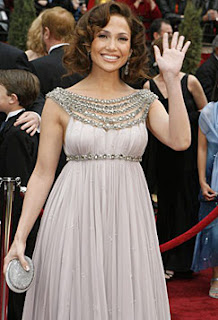I wanted see whether my CAD images would work as digital prints, and although I was not entirely happy with the colours of the designs, I decided to print two of them digitally, onto velvet as testers: to see both on an alternative fabric and how these could be manipulated after printing. However, despite colour matching, the colours came out completely differently to those on the designs- the pinks were bright and lurid, and the greens and blues were dull and grey. Although these did not work, and I was not keen on the idea of using velvet, I am glad I did these testers now. I still have the option of using digital print in this way, but at this moment I will concentrate on direct printing, fabric manipulation and embroidery.
I finalised my colour pallette:

And remixed my Acid dyes to replace the initial ones.
I strted printing with these, keen to use "skyscapes" as references for printing. In my colour pallette I have a very bright orange which I was quite unsure about using, as it is such a strong colour. However, I realised that without it my colour pallette would not work and would once again be flat.
Using the image of the sky I had previously, I inverted the colours:

Here are some of the initial prints I did with the newly mised dyes:




I was keen to continue with fabric manipulation and after completing a small tester of smocking on plain silk, I scanned the fabric. The patterns created from the stretched fabric were very interesting, and I was keen to pursue these:




This final image relates to some of the imagery I collected in Scarborough:





































































